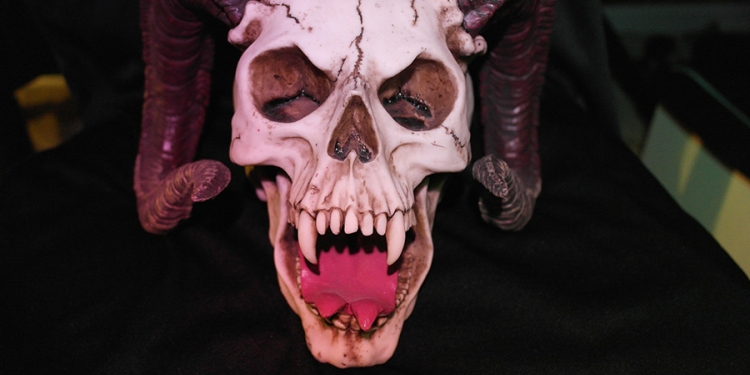
Photo: pixabay.com

Photo: pixabay.com
This page is more than five years old and was last updated in July 2024.
You might be skeptical about the existence of demons or you could be open minded, but either way you can't fail to have noticed how pretty much every paranormal investigation nowadays seems to include demonic activity.
These same locations and ghost hunts weren't labelled as demonic five years ago, so what's changed? Have we just got better at recognising and diagnosing the symptoms of a demonic haunting, or is it just a trend in the paranormal with countless investigators jumping on the demonic bandwagon?
There's also the more terrifying possibility that demons are on the rise, but then what could be the cause of this increase in demonic activity?
This trend is most noticeable in ghost hunting television shows and paranormal YouTube channels. While investigating locations that five years ago we'd simply have described as being haunted, the investigators now seem to label a lot more of the activity as demonic.
It really comes down to the fact that when we see something we can't explain and to try to liken it to something, our perception and preconceptions have been shaped by current cultural trends. A few decades ago the majority of ghost sightings tended to be headless horsemen and phantom coaches, but because horsemen and coaches are becoming more distant in history, they're no longer the first thing that springs to mind when we try to describe something we've seen - the ghosts of headless horsemen are dying out.
Today, we're more likely to describe what we've seen as a dark shadowy figure, a monk, or a demon - all of which are commonly sighted ghosts nowadays, but according to an 1890 survey on ghost sightings, things were very different.
The survey features in Usborne's 'The World Of The Unknown: Ghosts' and shows that at the end of the 19th century around two-thirds of those who could describe a ghost they'd seen said it was a ghost of someone who is currently living, rather than a dead person. It was believed that these 'ghosts of the living' weren't spirits, but some kind of unexplained telepathic phenomenon.
Today ghosts of the living are very rare, almost unheard of, which just goes to show that it's not that the nature of hauntings has changed over time, it's just how witness interpret and describe them that has changed.
One of the UK's most famous hauntings is that of 30 East Drive in Pontefract, also known as the Black Monk House. For decades this case has been understood to be the result of a poltergeist, but in recent years there's been a shift and it is now considered by many to be a demon or negative entity.
What makes the paranormal investigators at locations like 30 East Drive so sure that they are dealing with demons? After all, we all know that there are good humans and there are bad humans, so it makes sense that in the spiritual realm there are good ghosts and bad ghosts. In the case of East Drive, the house is said to be haunted by a monk who murdered a local girl, isn't that evil enough in itself?
As it seems to be paranormal television that is to blame for this surge in demonic encounters, we should remember that these shows start with the disclaimer "this program is for entertainment purposes only". In the world of entertainment there are trends in storytelling and concepts, demons are just the latest trend. That's not to say these shows are outright faking the activity they encounter, but there is definitely more of a tendency to label it as demonic at the moment.
Probably the major culprit of this surge in demon claims is Zak Bagans, who has brought the concept of demons to a mainstream audience in his show 'Ghost Adventures' and in his documentary film 'Demon House'. Amongst the many demons Zak and his team have encountered in the show's recent history is Zozo.
Zozo is said to be an ancient demon who makes himself known to those who dabble with contacting spirits, especially via a Ouija board. Reports of him coming forward in séances over recent years have been on the increase, with 2018 being a busy year for the evil entity.
It should be noted that even Zak didn't encounter demons in the early years of the show, but they have become much more prevalent in later years, presumably because this follows the trend in the paranormal world and because viewers like it.
Zak also popularised the idea of dybbuk boxes... let's be honest, none of us really knew what a dybbuk box was until Zak bought one, now every YouTuber seems to have one that they open in videos.
The cursed box is now housed in a "protective case" in Zak's Las Vegas occult museum, in order to see the infamous artefact yourself, you have to be over the age of 18 and sign a consent form waiving any liability should anything untoward happen to you as a result of its demonic attachment.
Even if you don't believe that the box houses a demon, there's no denying that this is another example of a paranormal television creating a trend which has spread across the paranormal world. A search for "dybbuk box" on YouTube now brings up results for hundreds of matching videos.
The problem with demons, assuming they even exist, is that they are very conflicting in nature. Paranormal investigators believe that there are negative or malevolent spirits that will sometimes lie or pretend to be demons to make themselves appear more terrifying. It's also said that demons will pretend to be less scary spirits, such as the ghost of an innocent young girl in order to trick their victims. All this means that it's impossible to know whether you've really made contact with a real demon.
Think of it this way; people get "cat fished" all the time online because in a text chat on a dating site they don't know for sure if they are really talking to a male or a female, so how can you have any real understanding of who we are talking to through a Ouija board, spirit box, or via the responses of an EMF meter?
So, what are demons? Well, the truth is they're impossible to really define. They are rooted in various religious beliefs from fallen angels in the Christian faith, through to jinns in the Islamic faith.
The most rational explanation, which seems to span all modern cultures and believes is that demons are spirits from a lower realm that have never had a corporeal life, they are young souls. Many believe that spirits exist in realms and progress to a higher realm after each corporeal life.
However, demons are said to be able to choose to come to our reality in order to experience their first corporeal life and learn the basic lessons this life can teach them. Because they are young and have not yet learnt the moral and ethical rules of life, they can be malevolent in nature.
It's also said that demons will draw on negative energy as this is more common in the modern human world, this energy gives them the strength to move a step closer to taking corporeal form. Those who believe say that these young souls are only able to enter our plane by invitation, which can happen through badly conducted séances, use of a Ouija board or by using a demon's name.
But of course, this is nothing more than pure speculation. The truth is we know nothing about demons and there's no solid proof that they even exist.
Learn With Higgypop
Hosted by Paralearning in association with Higgypop, these courses on ghost hunting, paranormal investigations, and occult practices draw on the experience of our team of paranormal writers.
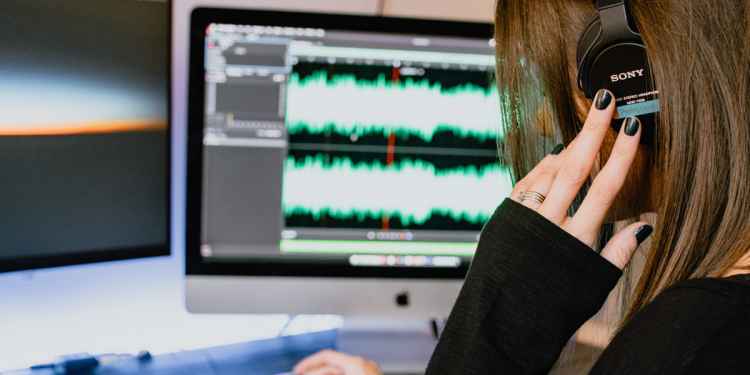
Diploma In Capturing & Analyzing Electronic Voice Phenomenon
This course gives you practical and useful knowledge of ghost hunting and paranormal research, which is invaluable when conducting your own paranormal investigations or as part of a group event.
View Course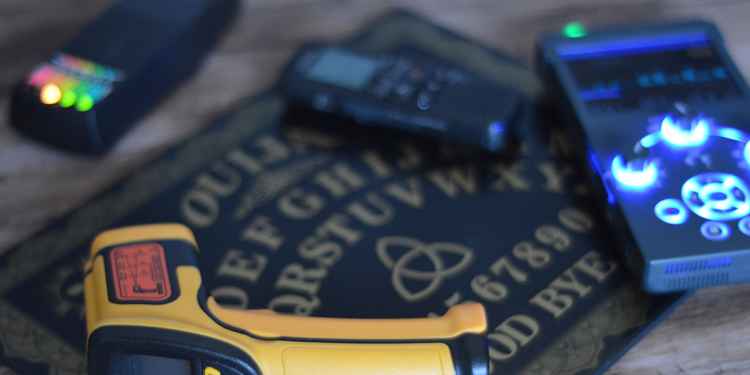
Diploma In Practical Ghost Hunting & Scientific Analysis
This course gives you practical and useful knowledge of ghost hunting and paranormal research, which is invaluable when conducting your own paranormal investigations or as part of a group event.
View CourseMore Like This
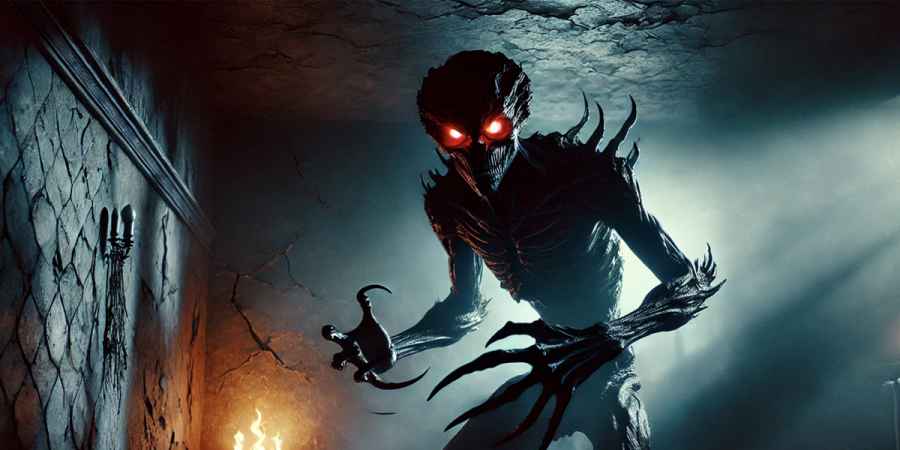
ParanormalNovember 24, 2024
I've Witnessed Zozo Dozens Of Times – Here's How I Survived
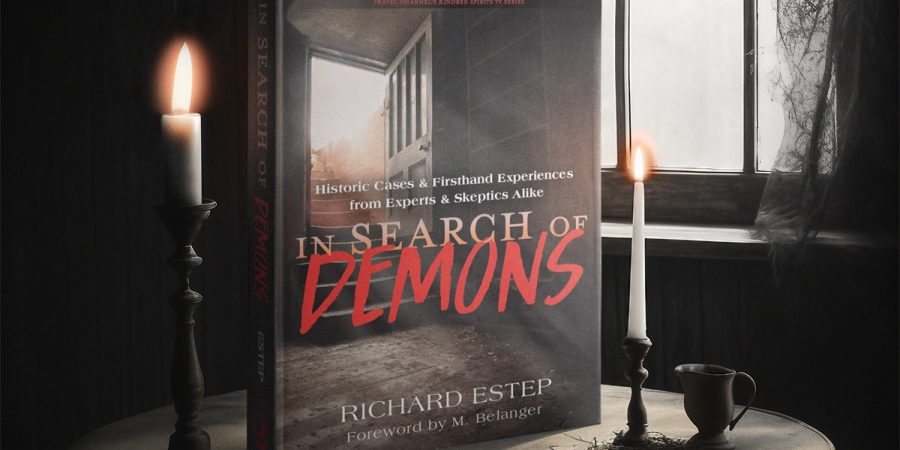
BooksNovember 22, 2024
Richard Estep Explores The Demonic In His New Book 'In Search Of Demons'
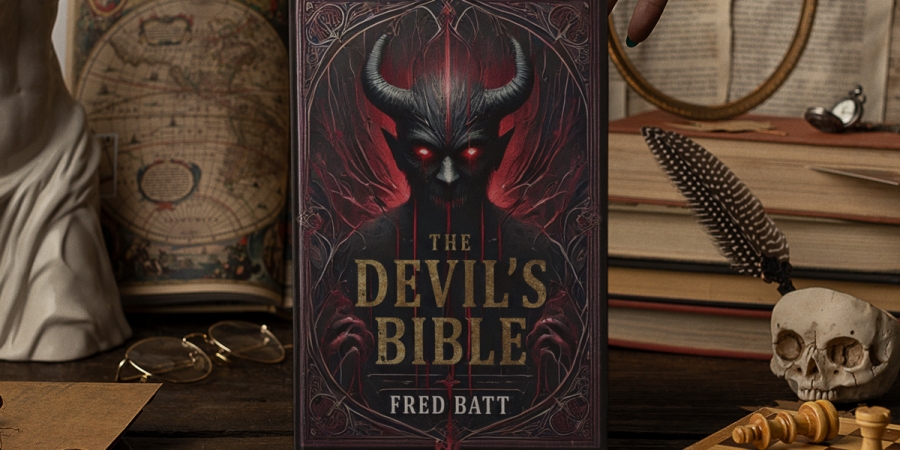
ParanormalAugust 20, 2024
Fred Batt Reveals Dark Secrets Behind His New Book 'The Devil's Bible'
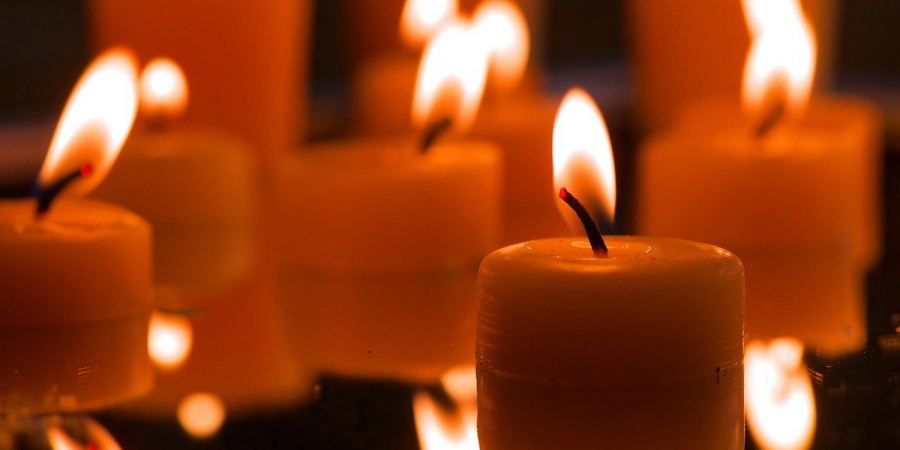
ParanormalAugust 10, 2024
Uncovering The Secrets Of The Black Mass Ritual
 See More on Audible
See More on Audible
Comments
Want To Join The Conversation?
Sign in or create an account to leave a comment.
Sign In
Create Account
Account Settings
Be the first to comment.